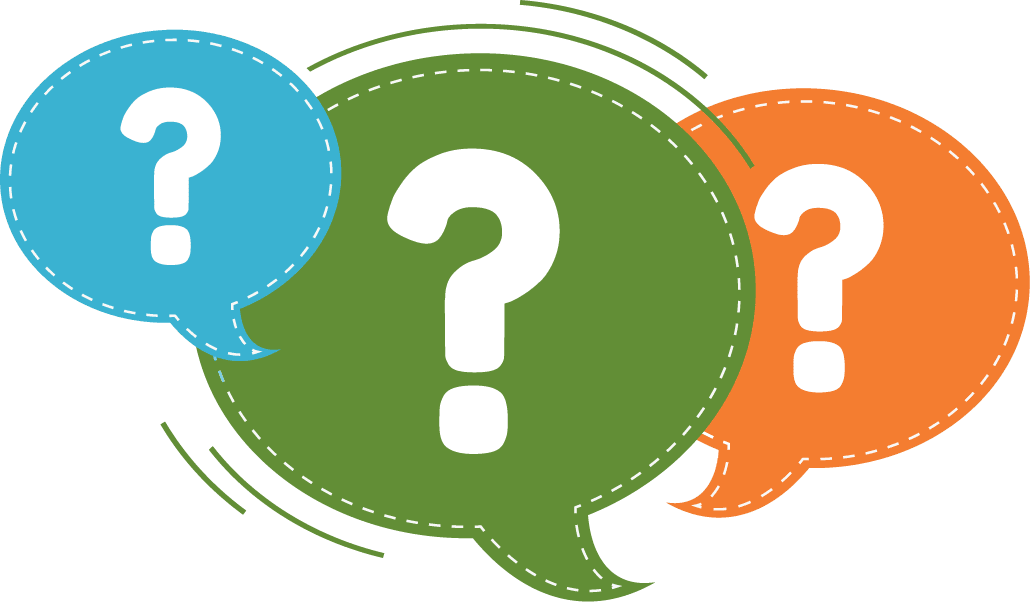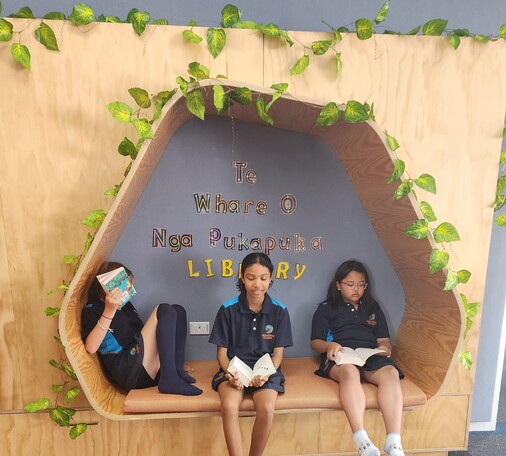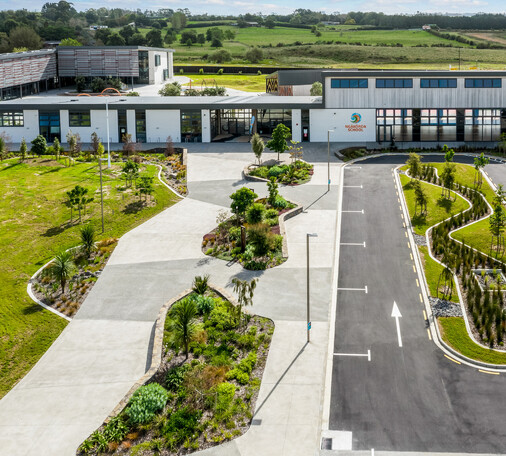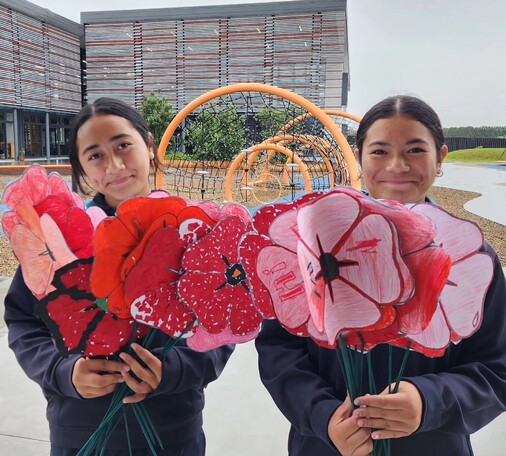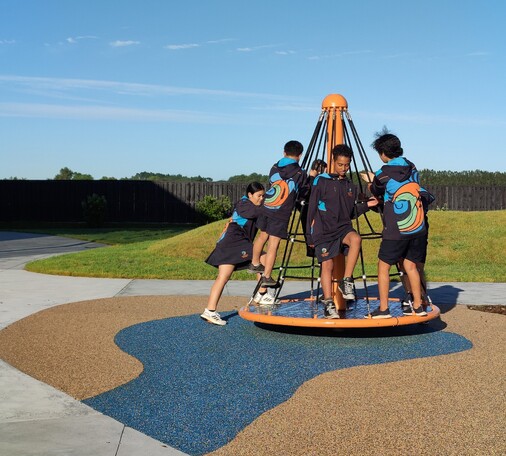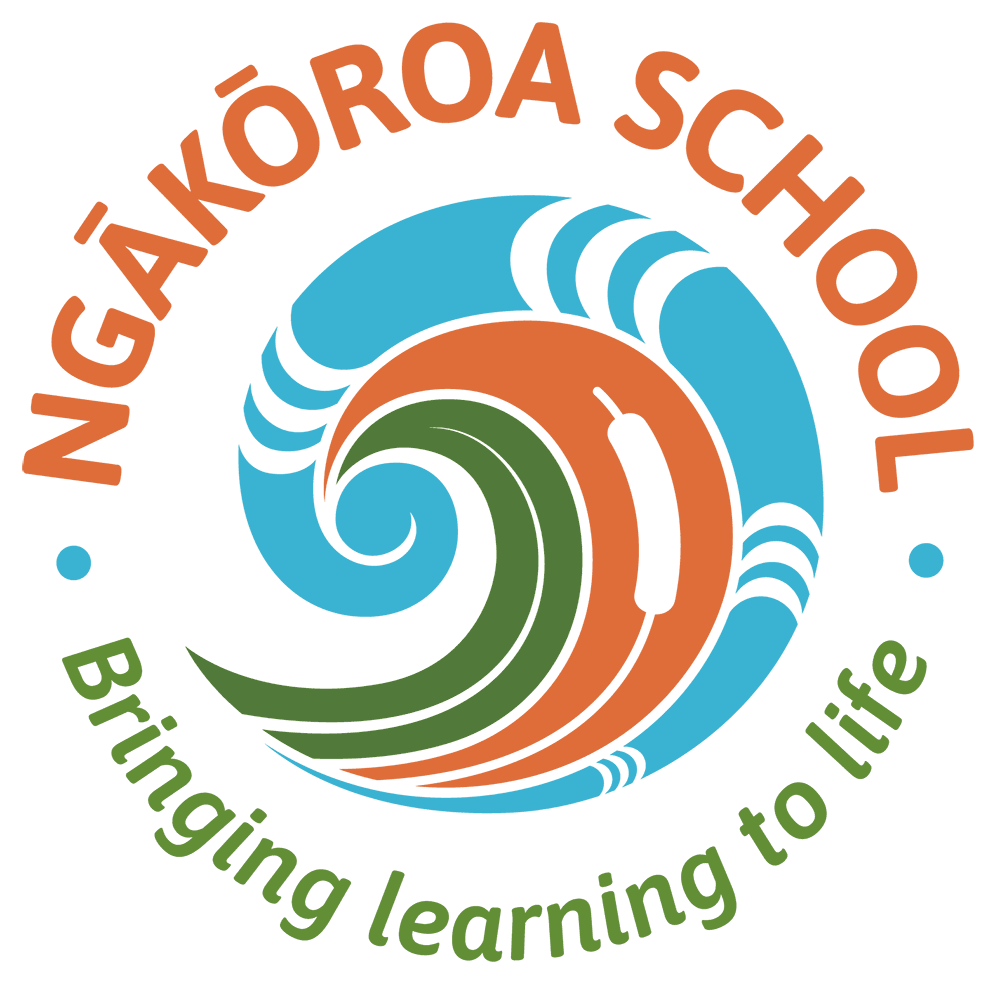Frequently Asked Questions
Is there an enrolment zone?
You can view the enrolment zone map and relevant information here.
Is there a uniform?
Yes! You can find out all about our school uniform here.
Do you have Rūmaki or Bilingual classes?
While there will not be a Te Reo Māori bilingual class when the school opens next year, if there is enough interest and support from whānau members then it is certainly something that the Board of Trustees may look at establishing at a later date.
We are committed to an ongoing partnership with local iwi, and ensuring that our kura reflects the personal backgrounds, interests and experiences of our tamariki. Ongoing engagement with whānau will support our work and be reflected in our local curriculum.
Our consultation survey currently includes scope for families to comment on the nature of the curriculum that we offer.
Are the classrooms big open spaces?
The most common question we are asked at the moment is about the classroom environments and whether we will have "Open Learning Environments" or "Open Barns" in our new school. We know that there has been negative press about some of these spaces, with the main fear being that there are too many students, children will get lost in the system and that they are noisy, distracting and chaotic. The truth is, that with intentional design, clear and deliberate systems and structures - these spaces respond to and are more inclusive to a personalised model of learning than the traditional "single cell" classroom with one teacher and 30 students. But they must be strategically planned for and deliberately designed to meet the needs of ALL ākonga (learners), kaiako (teachers) and whānau.
As you can see in the floor plan, our classrooms will be shared/collaborative spaces. They have been carefully designed to minimise noise and distraction, while allowing maximum flexibility in their use; including spaces within spaces and generous breakout rooms for quiet work when needed. Alongside the design of the spaces in each learning environment, we will be working with our kaiako to intentionally build a collaborative culture, and systems for working together that will ensure we can utilise the strengths of each teacher to meet the individual needs of learners. Learners and their families will therefore have the opportunity to build relationships with, and learn from, a range of teachers in ways that best suit their own interests, personality types and learning styles.
As educators, we firmly believe that with careful planning and consideration, the opportunities and benefits that come with innovative learning environments such as ours, far outstrip any perceived or potential challenges.
We look forward to sharing more about the way these spaces will work to meet the individual needs of your child at hui in Terms 3 and 4 of this year.
How will you deal with bullying?
As a team we will be designing our systems, approaches and responses to behaviour and bullying as part of our curriculum design. At this early stage, our leadership team have agreed on some basic philosophies that will form the foundations of this work. These include:
Relationships first - ongoing partnership (staff knowing tamariki and their whanau background) means relationships are in place before there is a problem;
High expectations of behaviour embedded in the culture of our school from the outset;
Act on behaviours early “Nip things in the bud” before they become big;
Responsive to the situation work with both ‘bully’ and ‘victim’;
Clear understanding by everyone about the continuum of children’s behaviour from mean/nasty/hurtful behaviours to bullying and, and our different responses at each stage;
Open and honest communication;
Neuroscience will guide our responses, this means an emphasis on restorative practices rather than punitive consequences;
Proactively teach neuroscience, so that children can learn self regulation, effective conflict resolution etc.;
Strength based model - celebrate successes, recognise positives;
Follow through, check in to ensure outcomes are effective;
Senior leaders actively build relationships with children across the school;
Data based systemic responses (identifying trends and address/preempting issues);
Consistency of staff approaches to behaviour through regular PLD.
Would you like to hire the hall?
Currently we only hire the hall out to community groups working within our enrollment area. If you are a community group you can find our hall hire form HERE
